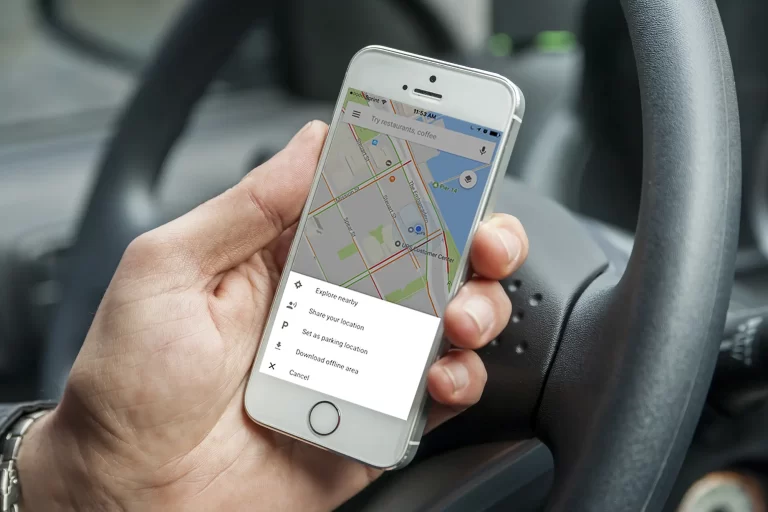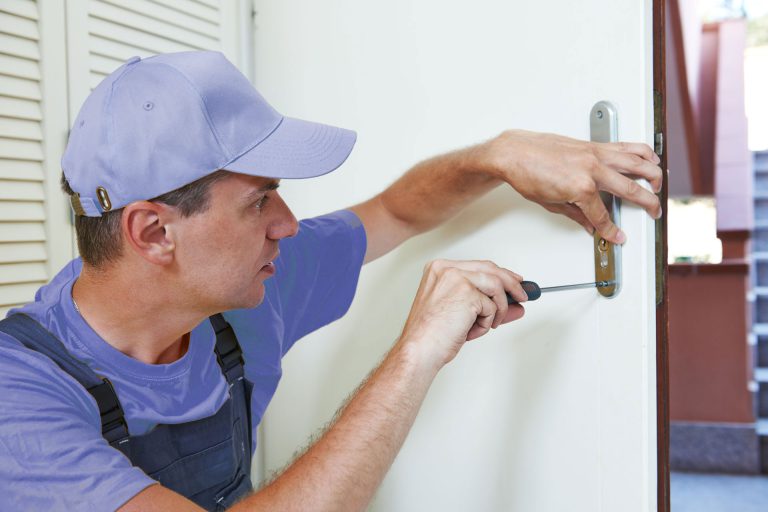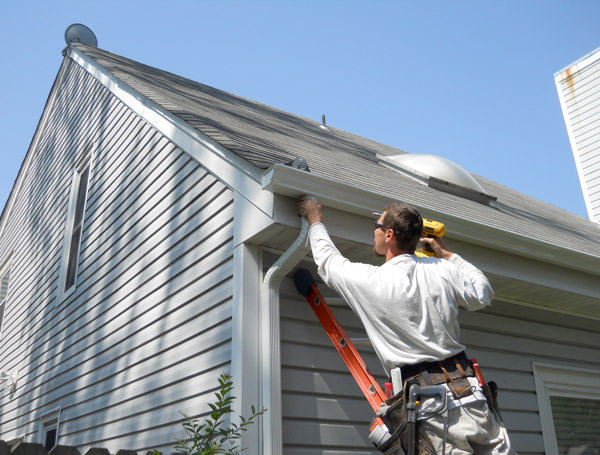Confined space rescue training is about working in confined spaces, identifying the risks associated with these positions, and teaching rescue in dangerous situations. Limited space involves working in small areas, such as a sewer or underground reservoir, but also includes working in regions that can only be accessed from small areas. These areas pose a certain risk to the confined space rescue team due to the small area they have to work on.
Check out the equipment.
Working in small and dangerous locations means the confined space rescue team works with various teams to keep them safe or assist a waiting worker with a rescue if needed. The ventilation system is one of the most important equipment used in confined space rescue training. The ventilation system is a set of hoses, one end going outside and the other – into the room.
A lifeline connected to a person working in a small area is essential for rescue purposes. If something happens, the standby worker can use a lifeline to get the worker to safety. This line is usually connected to a specially designed tether that wraps around the worker’s leg or wrist or to a specially designed tether. Other protective equipment, such as industry-specific coveralls, hard hats, and gloves, are also often used. Finally, air testing equipment and a self-contained breathing apparatus are also required to ensure sufficient air safety for the entry of a rescue team into a confined space.

Closed space hazards
Identifying potential hazards for confined space training Melbourne is an important part of the course. Although these areas are regularly monitored or checked, it is still possible. These areas are also prone to explosions due to accumulating. There is also the possibility that the area will collapse, blocking the space, or a rescue team member in the enclosed space will inadvertently approach the space. That is why training is important when working in such conditions.
Confined space rescue
Workers can perform three types of rescue missions if something goes wrong. During rescue operations at the entrance to the premises, an additional worker must enter to rescue the victims in it. For this reason, salvation without entry is preferable. In this type of rescue, confined space rescue training teaches workers how to use a lifeline to get a casualty out of a doorway. The presently preferred rescue method is self-rescue, in which the worker leaves the space on his own.
Summary
It is simply an overview of what confined space rescue training entails. A confined space rescue team needs to know much more to be certified to work in such conditions. Employees in many parts of the world must complete an annual internship to be certified. Training is the only way to prepare for emergencies because every second counts.








